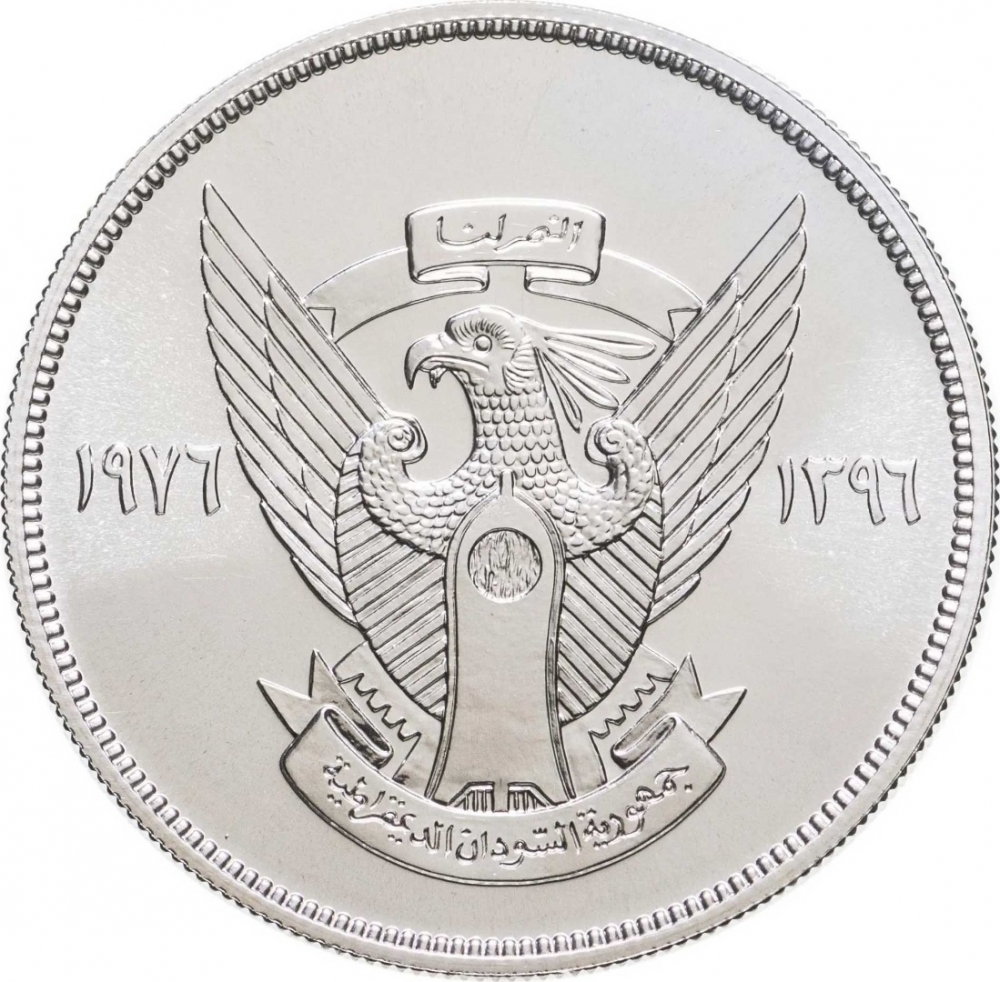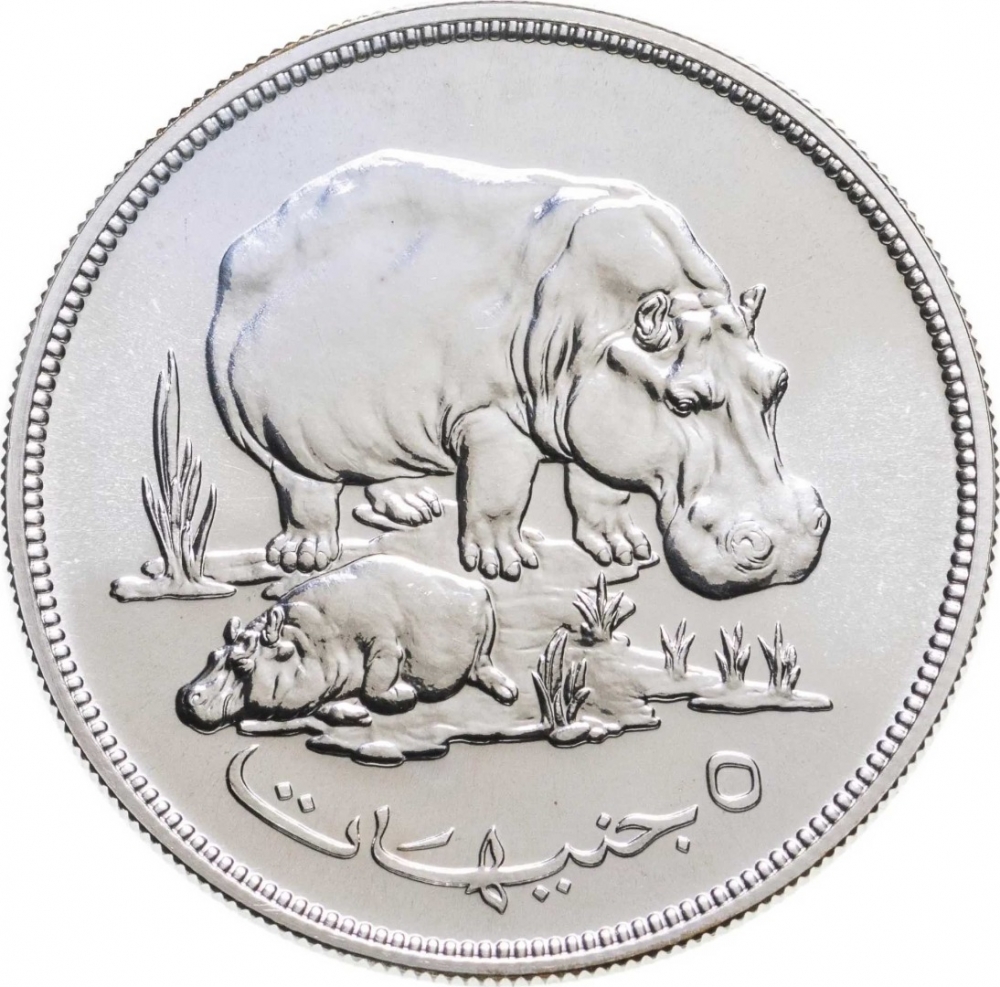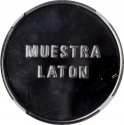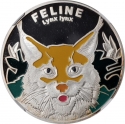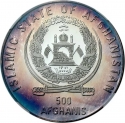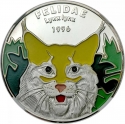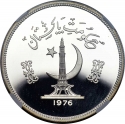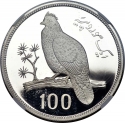You are about to finish your registration. Please check your mailbox (including spam folder). There should be a letter with a confirmation link. Check setting to make sure that your e-mail address is correct.
Send letter againDescription
Sudan features five distinct vegetation zones aligned with rainfall patterns, spanning from north to south. The country boasts diverse wildlife, encompassing lions, leopards, cheetahs, elephants, giraffes, rhinoceroses, antelope, and various monkey species in its forests. Birdlife includes bustards, guinea fowl, and storks, while reptiles such as crocodiles and lizards are present. Abundant insect life exists, with the tsetse fly located south of latitude 12° N under suitable conditions. Sudan hosts protected nature areas, including UNESCO biosphere reserves like Dinder National Park in the southeast and Radom National Park in the southwest.
Obverse

|
Depicts the national emblem of the Democratic Republic of the Sudan (1970–1985) dates in Gregorian (left) and Islamic year (right) in Arabic numerals below with wheat ears. The legend "Sudan the food source of the world" above. النصر لنا |
|---|---|
Reverse

|
Depicts a Nile hippo and a calf in a river surrounded by grasses. Denomination below in Arabic numeral. ٥ جنيهات |
| Edge |
5 Pound
Democratic Republic
Conservation
Hippopotamus
Subscribe series
KM# 71 Schön# 37a
Conservation
Hippopotamus
